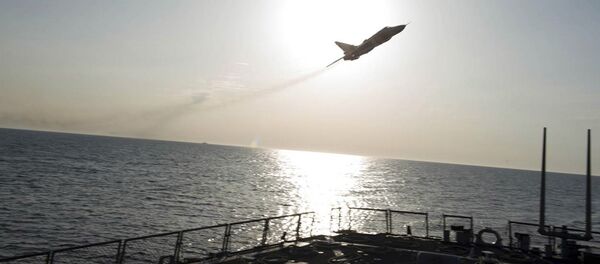Throughout the South China Sea conflict, the United States has pressured Pacific allies into playing a more prominent role against Beijing’s growing regional influence. Perhaps none have answered that call so readily as Japan, which recently amended its constitution to allow for overseas troop deployments for the first time since World War II, and has engaged in a separate territorial dispute with China in the East China Sea.
On Thursday, Japan’s recently-appointed Defense Minister Tomomi Inada indicated strong support for the US Navy’s military operations in disputed waters.
"Japan, for its part, will increase its engagement in the South China Sea, for example, Maritime Self-Defense Force joint training cruises with the US Navy and bilateral and multilateral exercises with regional navies," she said at the Center for Strategic and International Studies, according to Deutsche Welle.
Inada added that the patrols help uphold "the rules-based international maritime order."
In response, the US Navy issued a statement praising Inada’s remarks.
"The United States welcomes Japan’s interest in expanding its maritime activities in the South China Sea," the statement reads. "We continue to explore ways to enhance US-Japan cooperative efforts to contribute to the security and stability of the region."
At the heart of the conflict is Beijing’s construction of a series of artificial islands in the South China Sea. While the US has accused China of attempting to establish an air defense zone, Beijing maintains it has every right to build within its own territory and that the islands will be used for primarily civilian purposes.
To protest these land reclamation projects, the Pentagon has conducted freedom of navigation patrols within the 12-mile territorial limit of the islands.
A highly-contested region through which roughly $5 trillion in international trade passes annually, most of the South China Sea is claimed by China, though there are overlapping claims by the Philippines, Brunei, Vietnam, Malaysia, and Taiwan.
The United States has no territorial claims in the region.
In the East China Sea, Toyko and Beijing are at odds over the Senkaku Islands, which China calls the Diaoyus. China says the contiguous islands have been part of its territory since ancient times. Japan argues the archipelago has been under its control since 1895.
The Senkakus were briefly held by the United States before being handed over to Japan in 1972.





